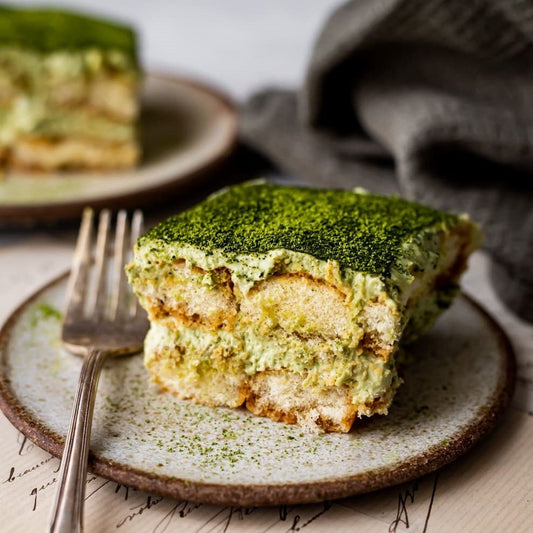Pu-erh tea is a type of fermented tea often found in the western Yunnan province of China. It's unique in that it's aged like a fine wine and can develop complex flavours over time. You may be wondering how to brew the perfect cup of pu-erh tea, whether you're new to the tea altogether or need a refresher. In this blog post, we're going to explore the steps you need to take to brew this specialty tea and tips for doing so like a pro.
Choose the right tea:
When it comes to brewing the perfect cup of pu-erh tea, the tea leaves you choose make all the difference. When selecting pu-erh tea, opt for high-quality leaves that are stored correctly. Loose leaves are preferable to tea bags, as they allow the tea to expand as it steeps and therefore pack more flavour into each cup. Take care that the leaves have not been artificially flavoured or infused with perfumes, as this can significantly impact the taste of the tea.
Water temperature:
The temperature at which you brew your tea can make or break the flavour. When it comes to pu-erh tea, a temperature of 195-205°F (90-96°C) is ideal. Boiling water can cause the tea to become bitter, so it's essential to keep a close eye on the temperature. Using a thermometer or an electric kettle with a temperature setting can help take the guesswork out of water temperature and ensure your tea turns out perfectly.
Steeping time:
Another important factor that impacts the flavour of your pu-erh tea is the length of time you let the tea leaves steep. When brewing tea, steeping time is determined by the size of the tea leaves and the type of tea. For pu-erh tea, the ideal steeping time is between two and five minutes, depending on the strength you prefer. Steep too long, and the tea can become astringent, throwing off the balance of flavours.
Storage:
Pu-erh tea should be stored in a cool, dark, and dry place. Like a fine wine, pu-erh tea gets better with age, but only if it's stored correctly. Proper storage allows the tea to become more nuanced, while poor storage can result in unwanted flavours or even spoilage. If you're looking to store pu-erh tea, consider investing in an airtight container to help maintain the tea's freshness and protect it from exposure to heat and moisture.
Consider a gaiwan:
Finally, for the ultimate pu-erh tea experience, consider brewing your tea in a gaiwan. A gaiwan is a small, lidded bowl designed specifically for brewing tea and is commonly used in Chinese tea ceremonies. Brewing your pu-erh tea using a gaiwan can help you control the temperature, steeping time, and amount of water used, which can lead to a more nuanced, flavorful cup of tea.
Conclusion:
Brewing the perfect cup of pu-erh tea involves paying attention to the details. From selecting high-quality tea leaves to brewing at the right temperature and time, every decision impacts the flavour and aroma of your tea. Remember to store your pu-erh tea correctly and consider investing in a gaiwan for a traditional brewing experience. By following these tips, you'll be well on your way to brewing the perfect cup of pu-erh tea.




